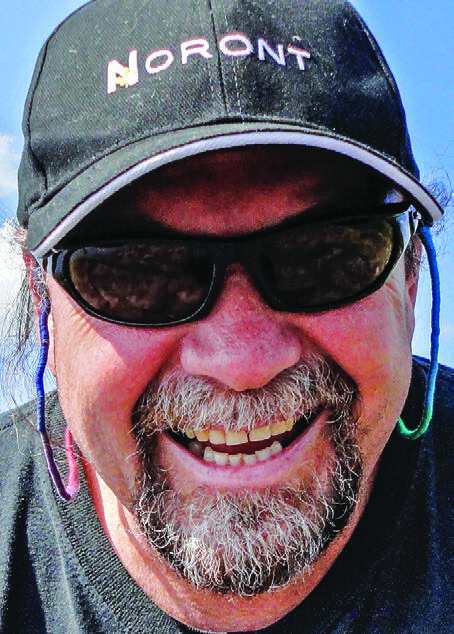
There are many accomplished Indigenous leaders in Canada who have contributed in important ways to the development of this country’s mineral exploration and mining industry. In fact, there are too many to cite in one brief article.
In the space provided, allow us to draw your attention to just two of them. In British Columbia, P. Jerry Asp is one of Western Canada’s best known Indigenous leaders and an advocate for including First Nations in the exploration, development and mining industry.
“Mineral exploration and mining occur in remote areas of the country, within no more than 150 kilometres of an aboriginal community,” says Asp. “Proximity means big savings for explorers and miners, because they have a ready-made work force near their worksites.”
Originally from Telegraph Creek and now living in Whitehorse, Asp started working as a driller when he was only 16. He worked at a number of mines, including the Tantalus Butte coal mine in Yukon, where he also served as president of the only all-Indigenous United Steelworkers local in North America.

Tired of toiling outdoors in the cold, Asp decided to go back to school. After taking courses in project management and project development, he launched a new career in the business side of the minerals industry. Asp co-founded the Canadian Aboriginal Minerals Association, helped set up the British Columbia Aboriginal Mine Training Association and chaired the Yukon Mine Training Association. In addition, he founded the Tahltan Nation Development Corporation in 1985. He also served as its CEO and president.
Today, Asp is president of Grey Wolf Solutions Ltd. and CEO and co founder of Global Indigenous Development Trust. He has worked hard to build bridges between First Nations and the mineral exploration and mining industry and he has received many awards for his contributions. In 2011, for example, he received the prestigious Skookum Jim Award from the Prospectors & Developers Association of Canada (PDAC) and, in 2013, the Queen Elizabeth II Diamond Jubilee Medal. In January 2020, Asp was inducted into the Canadian Mining Hall of Fame in a ceremony at the Metro Toronto Convention Centre.
“I appreciate the recognition I’ve received over the years, but my greatest achievement is my family and four children,” says Asp. Glenn Nolan is vice-president, Government Affairs of Noront Resources Ltd., which is developing a nickel-copper project in Northern Ontario.
“I became involved in the mining industry in the mid-1970s as a summer student, when I was in college in the geology program,” says Nolan.
After graduating, he worked in uranium in Saskatchewan and in base and precious metals in B.C. In the early 1980s, Nolan started a company that did geophysical surveys, built camps, staked claims and cut lines across northern Canada. Later in the decade, he moved east and started working for Indigenous communities there, developing policy and leading negotiations with federal and provincial governments.

In 2001, he was elected Chief of Missanabie Cree First Nation, a position he held until 2010. During that time he continued to work closely with mining companies to develop projects and build Indigenous businesses to service and supply mining and forest industry operations.
Nolan joined the board of PDAC. Later he was elected to the executive and became the first Indigenous president of the association. In 2009, he became vice-president, Aboriginal affairs of Noront Resources.
“There are many examples of Indigenous businesses working with resource development projects,” says Nolan. “But only the surface has been scratched so far.”
He says more work must be done to increase the number of supply and service companies that are owned by First Nations communities or individuals.

“Many communities have little experience at developing a business to service or supply a mining project,” Nolan says. “A strong effort is required to ensure that an Indigenous business start-up can maintain itself for the length of a project.” Lesley Williams, PDAC’s director of policy and programs, says working with Indigenous businesses enables exploration companies to build better partnerships and better projects.
“Often mineral exploration development can be a significant activity in a region,” she says. “It supports local capacity building and skills development, and Indigenous businesses help to meet the demand for supplies and services. And it’s a way for exploration companies to increase the economic and social impact of their projects.”
Kendra Johnston, president and CEO of AME, concurs that diversity is good for mineral exploration and mining. “Indigenous businesses know the local environment,” she says. “They have a whole network of contacts and knowledge that benefits industry.”
To get the most out of their working relationship, Indigenous businesses and explorers need to talk and especially to listen to each other.
“Each party comes from a different culture and they need to take the time to understand and build a relationship with each other,” Johnston says.
